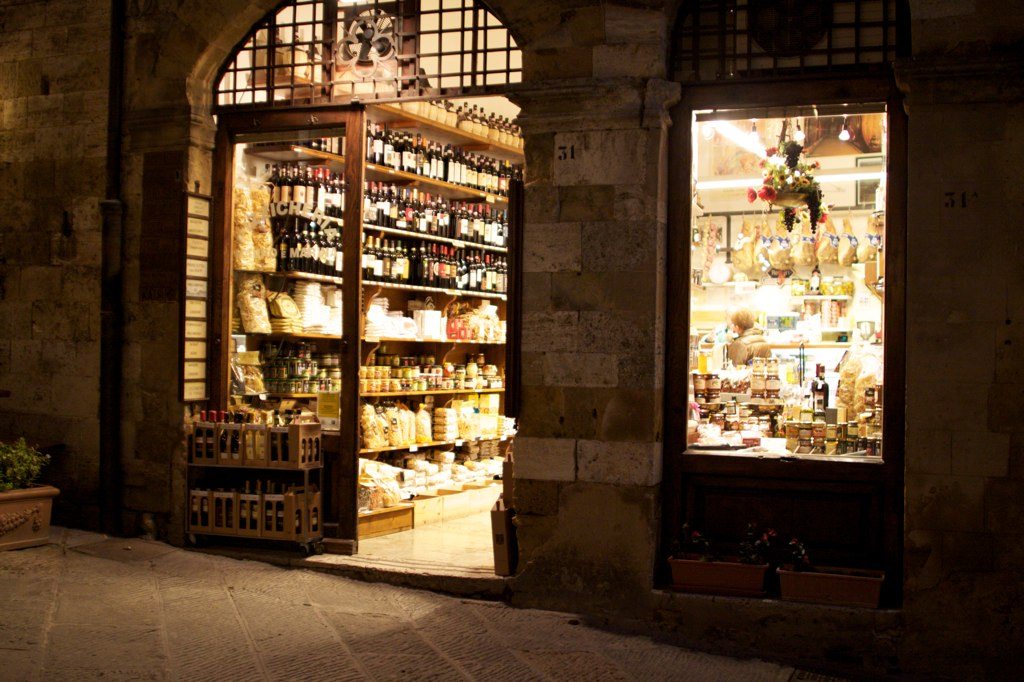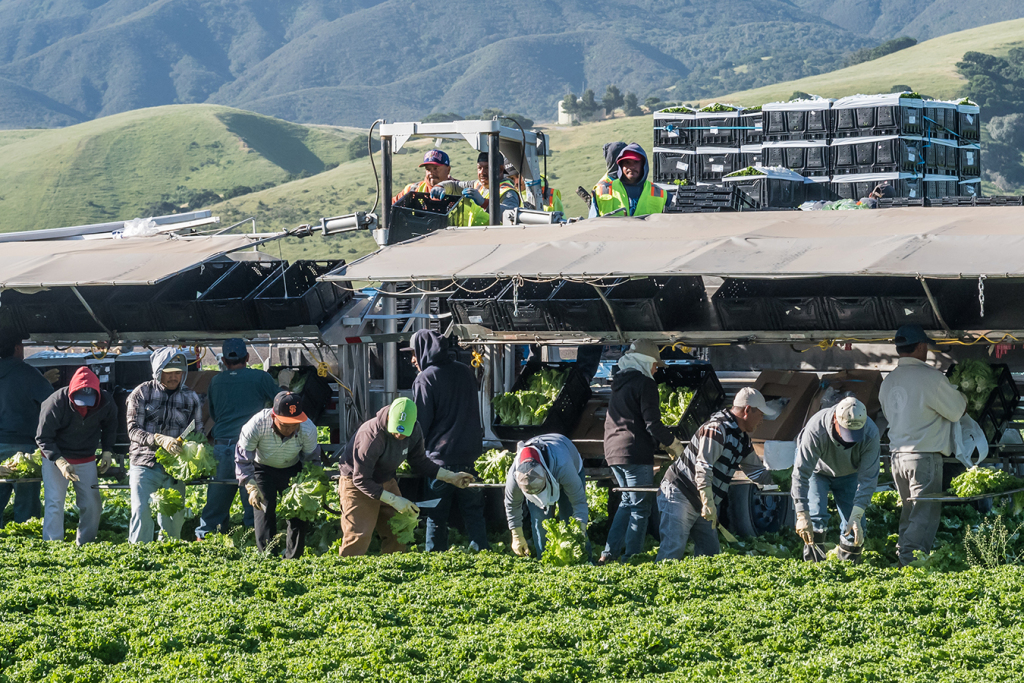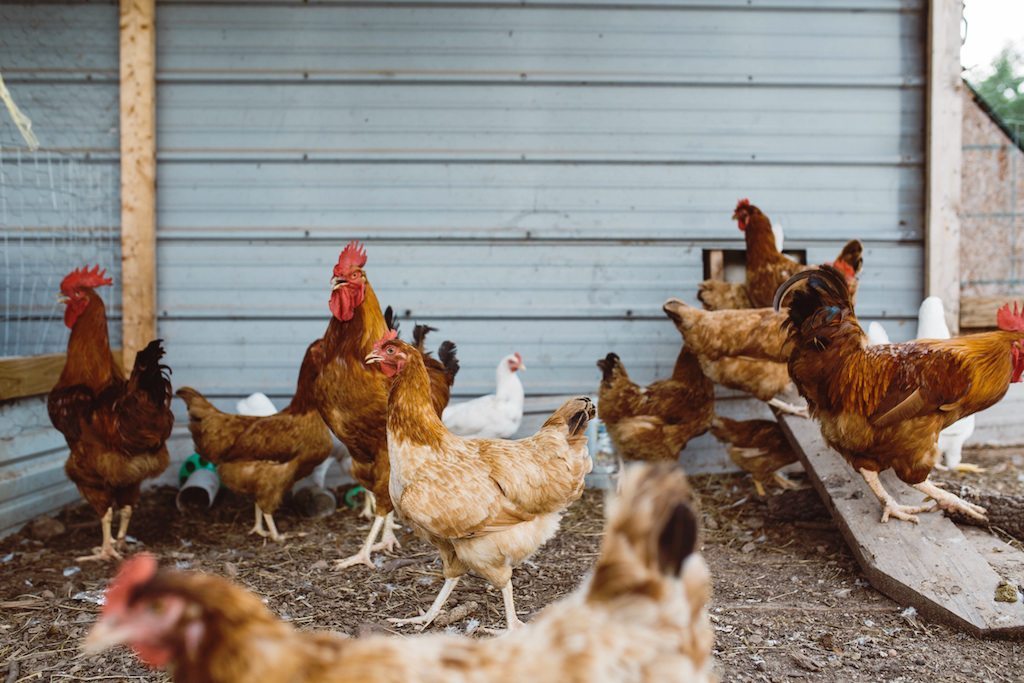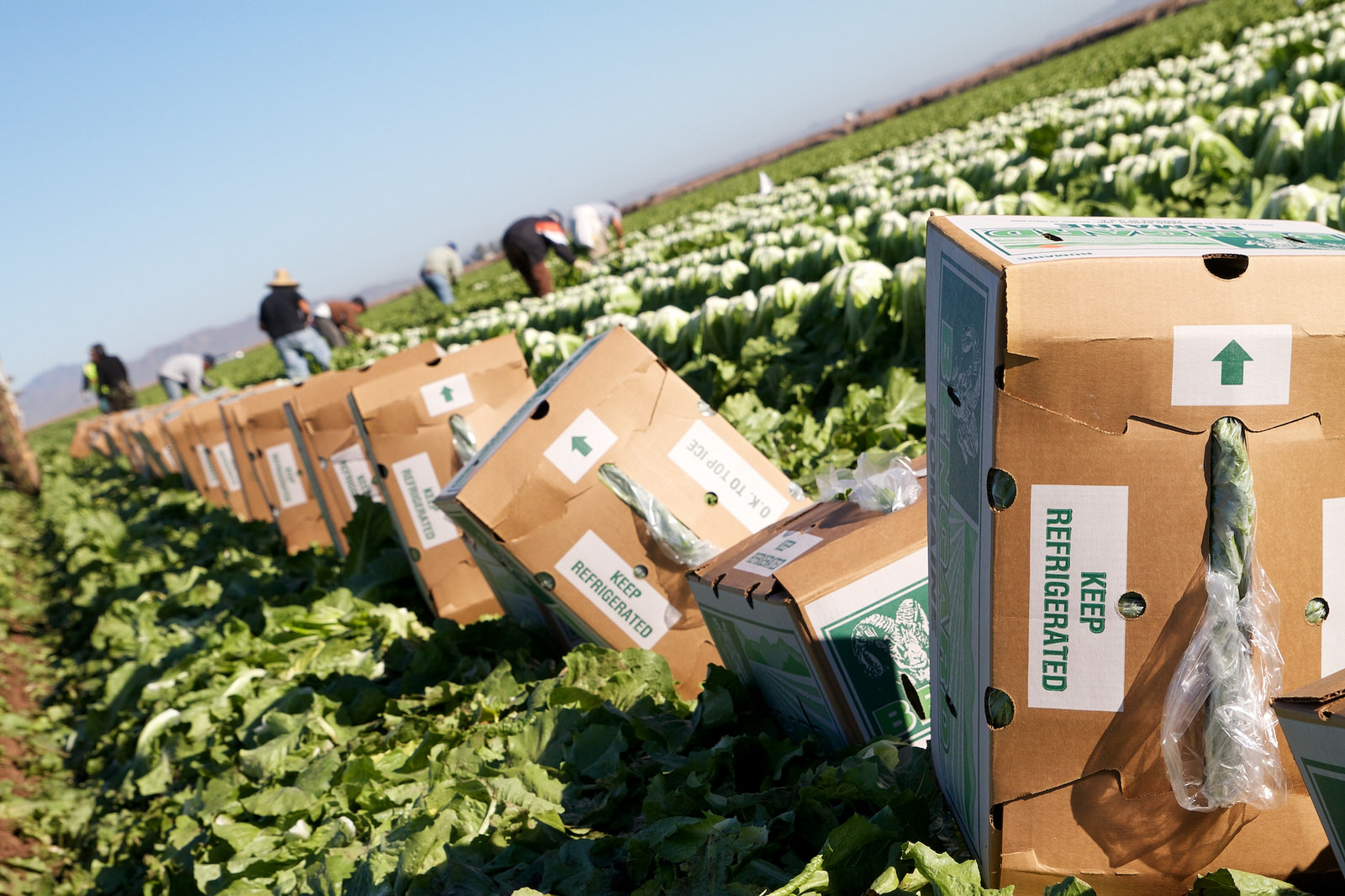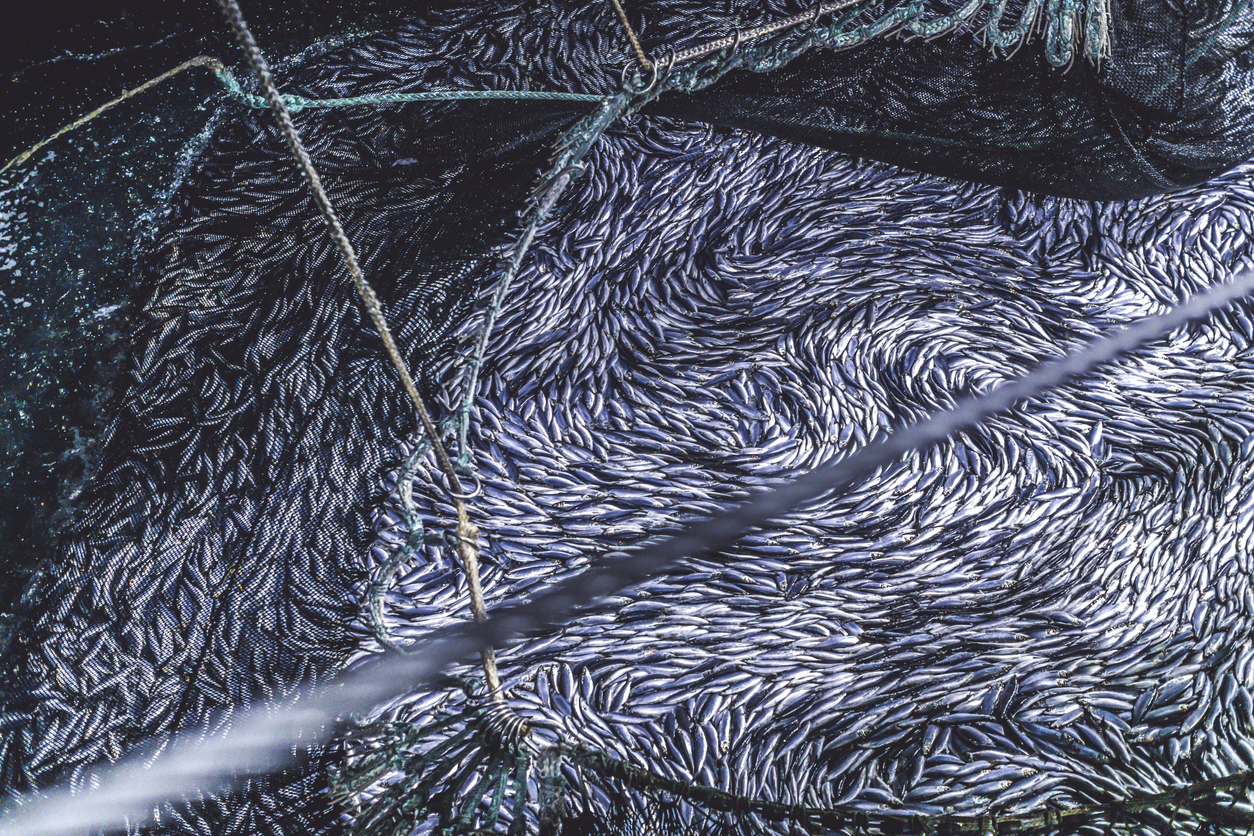
iStock / Paolo Cipriani
In 1997, large commercial fishing boats based in the coastal town of Beaufort, North Carolina began shifting about 13 miles northward per year. By the end of 2014, they were harvesting off the coast of New Jersey. Although this was an unusual circumstance, it wasn’t singular. As it turns out, many large-scale fishing operations along the East Coast followed similar patterns of movement within that time frame. These shifts will persist or even intensify if climate change continues to warm up our oceans, according to new research published in the latest issue of ICES Journal of Marine Science.
In the past century, global warming has gradually raised the temperature of water along the Atlantic seaboard. Like moneyed New Yorkers taking to the Hamptons to escape city heat, fish close to the coastline are swimming away from their usual marine homes and toward cooler and more comfortable waters. As a result, fishing operations are getting disrupted. While the stories of fishers who have to travel longer and longer distances to secure their catch are well documented, the movements of fishing communities over time have not been mapped until now.
Talia Young, a postdoctoral fellow at Princeton University, conducted the first-of-its-kind ICES study in part because she wanted to bridge what she felt was a disconnect between the empirical data of marine species migration and its impact on humans.
To get a big-picture understanding of the consequences at stake, she decided to look at changes at the community-level—but not in the typical sense of the word “community.” In the study, “community” is defined not as a population living in the same region or sharing a set of values, but as a group of boats of that share similar gear, landing ports, and size. This specific criteria is important because it unites “vessels associated with each other through … economic processes and territorial practice.” After all, trawlers from Virginia and lobster harvesters in Maine are unlikely to resemble one another in their operations or to share best practices.
Young then collected and sorted data from vessel trip reports, which are forms collected by the National Oceanic and Atmospheric Administration (NOAA). Fishing boats are required to fill one out each time they return from the water, providing details about species caught, catch size, location, and more. By focusing specifically on trawling operations and by grouping boats together by landing port and size (defined as whether the vessel measured more or less than 65 feet in length), Young was able to anonymize and approximate the movement of similar fishing communities over time.
What Young found was that, on average, big boats moved approximately 2.5 miles northward every year, with nearly one third of them moving 3.1 miles or more annually. The most dramatic movements were observed by communities lower on the Atlantic seaboard, such as Beaufort, North Carolina which moved approximately 270 miles north during the period studied. Fishing communities located in the Northeast saw smaller changes over time. Both big and small boats in Portland, Maine, for example, shifted only about 0.4 miles north between 1996 and 2014.
 ICES Journal of Marine Science
ICES Journal of Marine Science The bar graphs represent the distribution of latitudinal shifts for large (left) and small (right) fishing communities between 1996 and 2014. The maps present the migration of two sample communities for each vessel size category
While port location and vessel size played the most significant role in determining northward shifts, catch diversity also played a part, Young found.
“Southern trawl fleets of larger vessels with low catch diversity fished up to [250 miles] further north, while trawl fleets of smaller vessels with low catch diversity shrank or disappeared from the data set over time,” the study reads. “In contrast, trawl fleets (of both large and small vessels) with higher catch diversity neither changed fishing location dramatically or nor disappeared as often from the data set.”
This means that the more variety fishers caught, the less pressure they faced to move north. For Young, this checks out.
“Having a diverse portfolio species can offer harvesters—and in our case, fishing communities—some kind of resilience in the face of sort of the dynamic world of the ocean and also changing markets, changing prices, and changing regulations,” Young says.
 ICES Journal of Marine Science
ICES Journal of Marine Science These graphs represent the correlation between vessel migration and diversity of catch for large boats (left) and small ones (right)
The study is unprecedented insofar as it considers large-scale shifts in fishing operations over an extended period. That’s important because, on a week-to-week, month-to-month, and even year-to-year basis, constant and unpredictable movement can feel pretty normal for fishers.
Take it from Jimmy Ruhle, a 71-year old, third-generation commercial fisher in North Carolina. He’s been in the seafood business for 54 years, and he considers his profession one of the last paradigms of the hunter-gatherer way of life. While Ruhle does have a homebase in Wanchese, the tip of an island off the coast of North Carolina, his livelihood isn’t tethered to place. Much like the hunter-gatherer practices that preceded modern agriculture, fishing obviously requires that you follow the food.
In a typical week, he and his team—which usually includes one of his sons and, occasionally, a grandson—can be found trawling somewhere along the coast of the Northeast Atlantic seaboard. Their exact whereabouts are usually determined by whichever parts of the water have the most promising quantities of whatever seafood the market demands at the moment. In a typical winter, Ruhle might be working anywhere from coastal North Carolina for flounder up to the waters of Rhode Island for herring and mackerel. The past few winters were exceptions to this nomadic work. Instead of sailing along the coast, he stayed on land to repair one of his boats, which was damaged in a fire in 2017. The past two summers, he spent in Rhode Island, where he harvested and sold squid.
“I certainly have witnessed very significant shifts in migration patterns,” Ruhle tells me. “Up until the last couple of years it’s been primarily to the north and east, moving up towards the Canadian waters—fish that were traditionally caught off of Virginia, North Carolina, now being caught off of New York and even Massachusetts. It’s a pretty significant change.”
For commercial fishers, it’s not just important where fish are located, but also the rate at which they can catch fish in those areas. In 2018, NOAA implemented a regulation requiring all trawling operations from Texas through North Carolina to add turtle excluder devices to their net. This was intended to reduce the capture of endangered turtle species.
For Ruhle, however, the well-meaning rule also came with a (sorry) catch.
“Turtle excluders eliminate about 30 percent of our catch per tow,” he explains. “They’re very, very inefficient.”
Moving north—to waters not impacted by the rule—was simply more economical. This is just one example of rule-making that can lead fishers to migrate. Others include state and federal quotas, limited fishing permits, and market demands.
The seafood business, like agriculture, involves numerous interdependent players. Adapting to climate change requires buy-in at every level—from regulators to fishers, from processors to retailers, from chefs to eaters.
That might look like more flexible permitting at the federal and state-level or a willingness to buy different species at the grocery store. But fishing is a way of life, too, and as tides, migration patterns, and regulation patterns change, one thing’s for certain—where fish go, people will follow.


